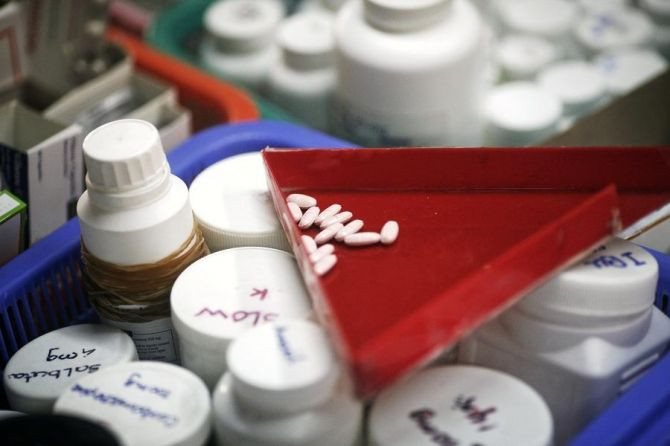UN: Collaborative Effort Against AIDS and Tuberculosis Saved 900,000 Lives

More than 910,000 lives worldwide have so far been saved in the last six years by improved collaboration between AIDS virus and tuberculosis health services, the World Health Organization announced on Friday.
WHO reported that since the initial alliance between tuberculosis and HIV prevention, diagnosis and treatment was proposed in 2004, the number of HIV patients tested for tuberculosis has increased almost 12-fold from 200,000 to more than 2.3 million, and the number of tuberculosis patients tested for HIV increased by five times from 470,000 to 2.2 million between 2005 and 2010.
The significant increase in screening rates has allowed healthcare providers to deliver quicker treatments and prevent the spread of tuberculosis to other patients, the WHO said.
Tuberculosis is the leading killer of people living with human immunodeficiency virus, and claims around 1.7 million lives a year, particularly in poorer countries. HIV, a precursor to AIDS, severely weakens the immune system, making HIV-positive patients are more likely to be infected with TB, and vice versa.
More than 100 countries are now screening at least half of their TB patients for HIV, WHO said.
"Progress was especially noteworthy in Africa where the number of countries testing more than half their TB patients for HIV rose from five in 2005 to 31 in 2010," the health agency added.
WHO issued an updated global policy to accelerate the process of cooperation between more TB and HIV health services to further reduce the deaths from both diseases, the agency announced on Friday.
“This framework is the international standard for the prevention, care and treatment of TB and HIV patients to reduce deaths; and we have strong evidence that it works,” said Dr Mario Raviglione, WHO Director of the Stop TB Department in a statement. “Now is the time to build on these actions and break the chain that links TB and HIV with death for so many people.”
The agency’s updated strategy calls for a three-pronged approach which involves routine HIV testing for all TB patients, people with TB symptoms, and those close to them. WHO also recommends immediate treatment with both antiretroviral therapy co-trimoxazole, a drug to protect against lung or other infections for those who are tested positive for HIV, regardless of immune system measurements.
“We must address TB as we manage HIV,” said Dr Gottfried Hirnschall, Director of WHO's HIV/AIDS Department said in a statement. “We have shown over the last five years what can be done. To continue the progress and save more lives, comprehensive HIV services must include the Three I’s for HIV/TB strategy: isoniazid preventive therapy, intensified screening and infection control for TB, and it should also include earlier treatment for HIV for those that are eligible.”
The number of patients infected with a combination of TB and HIV on life-saving antiretroviral therapy rose a gradual 10 percent from 36 percent in 2005 to 46 percent in 2010.
While there were drastic testing and treatment improvements, the WHO said more co-infected patients are still in need of life-saving treatments.
“Use of isoniazid preventive therapy (IPT), a cost-effective medicine to protect people with HIV from TB illness, increased somewhat but uptake could be expanded as more patients become eligible for the intervention under the updated policy guidelines using simple methods,” the agency explained.
A detailed plan for the newly issued policy is expected to be presented at the annual Conference on Retroviruses and Opportunistic Infections (CROI), in Seattle, Washington next Monday.



























